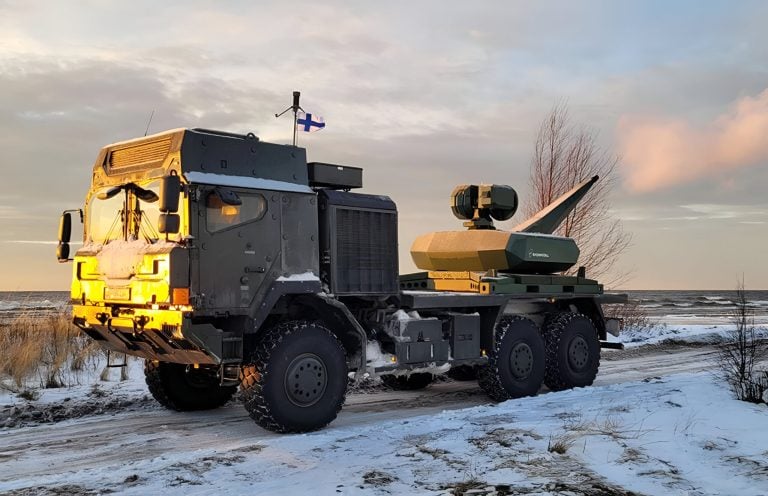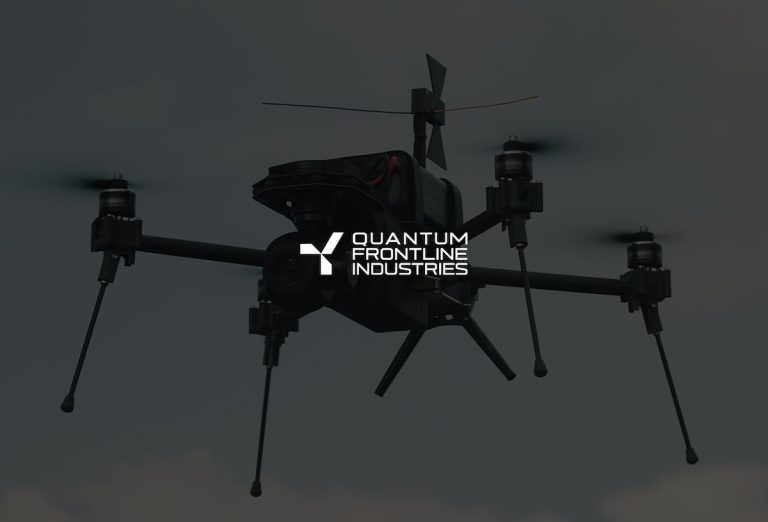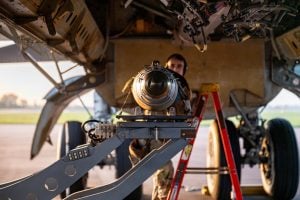The U.S. Army has announced a significant enhancement to its MQ-1C Gray Eagle unmanned aerial system (UAS) through a contract with General Atomics Aeronautical Systems (GA-ASI) to integrate a new electronic warfare system. This upgrade is aimed at bolstering the aircraft’s capabilities in detecting and disrupting enemy communications and radar systems.
The new electronic warfare system is designed using an open architecture framework known as the C5ISR Modular Open Suite of Standards (CMOSS). This approach allows the Army to quickly install and update technology across various systems, streamlining the integration of modern capabilities.
This enhancement marks the third addition of an electronic warfare package to the Gray Eagle, complementing existing features that address electronic attack, communications relay, counter-unmanned aerial systems operations, and signal gathering. GA-ASI emphasized that the upgraded system would be compatible with both the Extended Range and Short Takeoff and Landing configurations of the Gray Eagle.
The Army intends to leverage the improved drone for long-range sensing missions, particularly in the Pacific region, where challenges related to distance and communication range are critical.
David Alexander, President of GA-ASI, stated that the combination of persistent, long-endurance, long-range UAS capabilities with electronic warfare technology empowers U.S. Army division commanders. This strategic enhancement allows commanders to deploy powerful electronic warfare effects at their discretion, effectively neutralizing threats to ground forces when and where necessary.
In collaboration with AeroVironment, GA-ASI is also integrating the SharkCage Expeditionary C5ISR Chassis, known as ECCv3, into the Gray Eagle. The partnership has been testing open architecture systems on the UAS and other sister airframes since 2024. This effort aims to improve how autonomous systems exchange and manage battlefield data.
A recent demonstration highlighted this initiative, where the MQ-9A drone launched a Switchblade 600 (SB600) loitering munition at the U.S. Army’s Yuma Proving Ground in Arizona. Alexander praised the demonstration, noting the advantage of combining different unmanned technologies to enhance battlefield effectiveness.
By deploying the Switchblade from the MQ-9A, the drone can operate at a safer distance from enemy weaponry, thereby expanding the range and effectiveness of the SB600. This development is expected to provide greater access and tactical options in contested airspace, significantly advancing the capabilities of U.S. military operations.



















